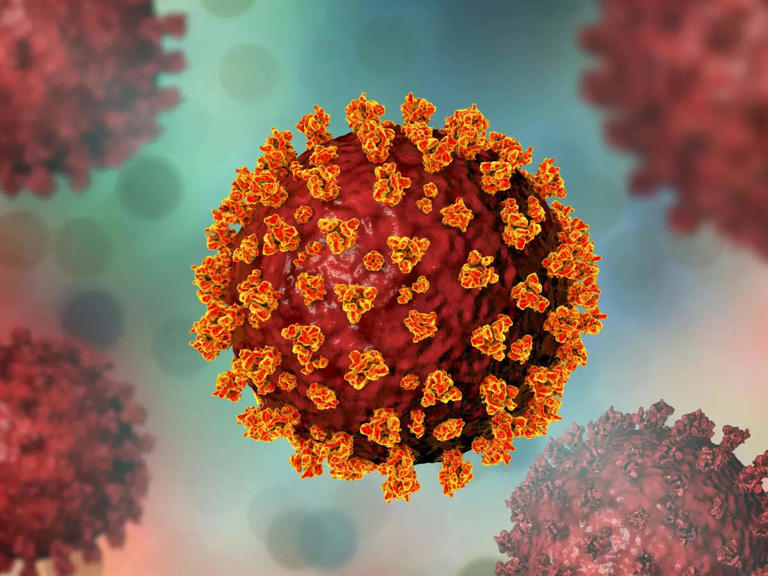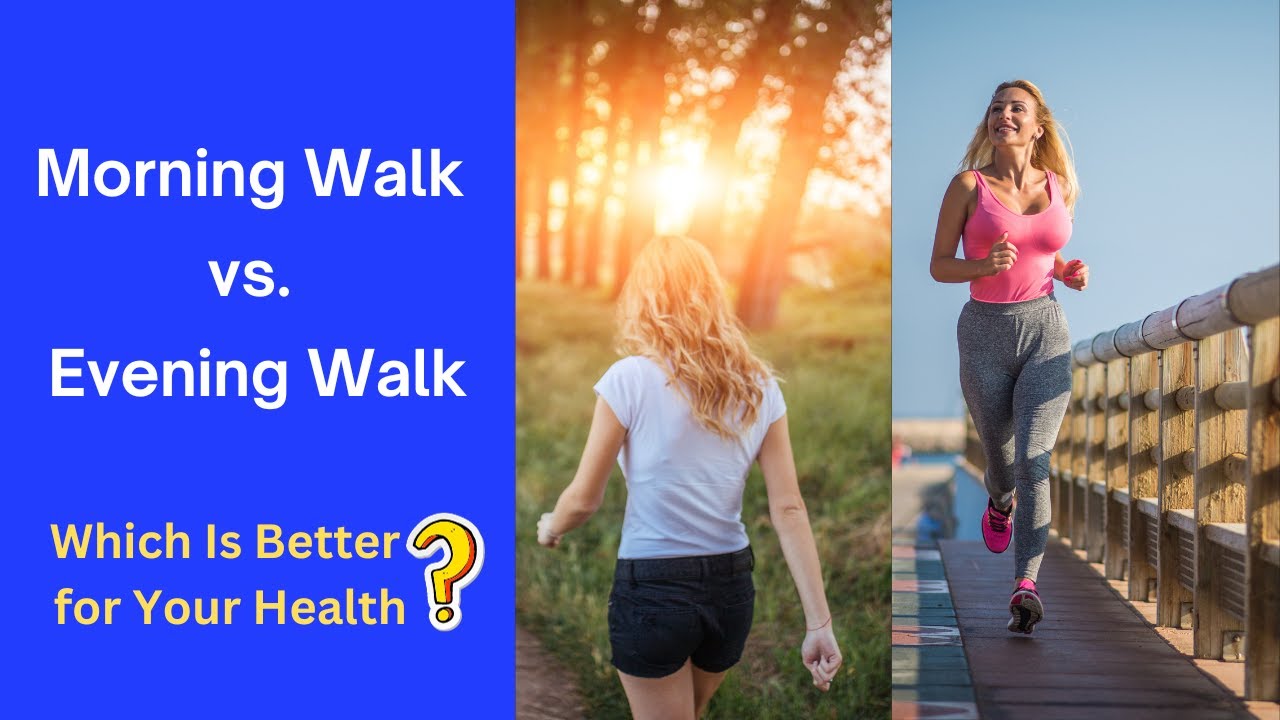
Despite years of progress, COVID-19 continues to pose a deadly risk, especially to vulnerable populations in the United States. Recent CDC data shows that over 350 Americans are dying every week from COVID-19—even in the presence of vaccines and effective treatments.
🦠 Is COVID-19 Still Killing People in the U.S.?
Yes. According to the Centers for Disease Control and Prevention (CDC), an average of 350 people died weekly from COVID as recently as April 2025. While this number is far lower than the January 2021 peak (25,974 deaths in one week), it highlights that the virus has not vanished—and for many, it remains lethal.
Why Are People Still Dying from COVID-19?
Public health experts point to several key reasons for ongoing fatalities:
- Low Vaccination Rates
Only 23% of adults and 13% of children received the updated 2024–25 COVID vaccine, according to CDC figures. - Declining Immunity
Even vaccinated individuals can lose immunity over time. Booster shots are essential, especially for older adults and those with weakened immune systems. - Missed Treatment Opportunities
Antiviral treatments such as Paxlovid, molnupiravir, and remdesivir must be taken early—within 5 to 7 days of symptom onset—but many people either don’t know about them or don’t act quickly enough. - High-Risk Groups
The elderly (especially 75+ years) and immunocompromised individuals continue to be the most vulnerable, with a death rate of 4.66 per 100,000 in this age group.
💉 Are We Using COVID Treatments and Vaccines Effectively?
Not really. Vaccines are available, but the uptake is alarmingly low. For high-risk groups:
- People 65 and older are now advised to get two doses of the updated vaccine, six months apart.
- Antivirals like Paxlovid and molnupiravir can reduce severe illness, but must be taken promptly.
⚠️ Expert Insight:
“The fact that we’re still seeing deaths just means it’s still circulating, and people are still catching it,” said Dr. Tony Moody, infectious disease expert at Duke University.
Dr. Gregory Poland of the Atria Research Institute adds:
“Some individuals might have a genetic predisposition to respond poorly to vaccines, but more commonly, it’s due to immunocompromised conditions and waning immunity.”
Who Is Still Most at Risk in 2025?
- People aged 75 and older
- Those with chronic illnesses or weakened immune systems
- People unvaccinated or not boosted
- Individuals who delay treatment
How to Stay Protected
- Get the updated COVID vaccine, especially if you’re over 65.
- Act quickly if symptoms begin—get tested and contact your doctor about antiviral treatment within 5 days.
- Wear masks in crowded indoor settings if you’re in a high-risk category.
- Avoid contact with symptomatic people, especially if you’re vulnerable.
Summary
COVID-19 has not disappeared, and it’s still claiming hundreds of lives weekly in the U.S. Vaccines, boosters, and treatments are available—but only effective if used correctly and in time.
Let’s not lose momentum now. Awareness, timely action, and updated protection are still our strongest defense.





